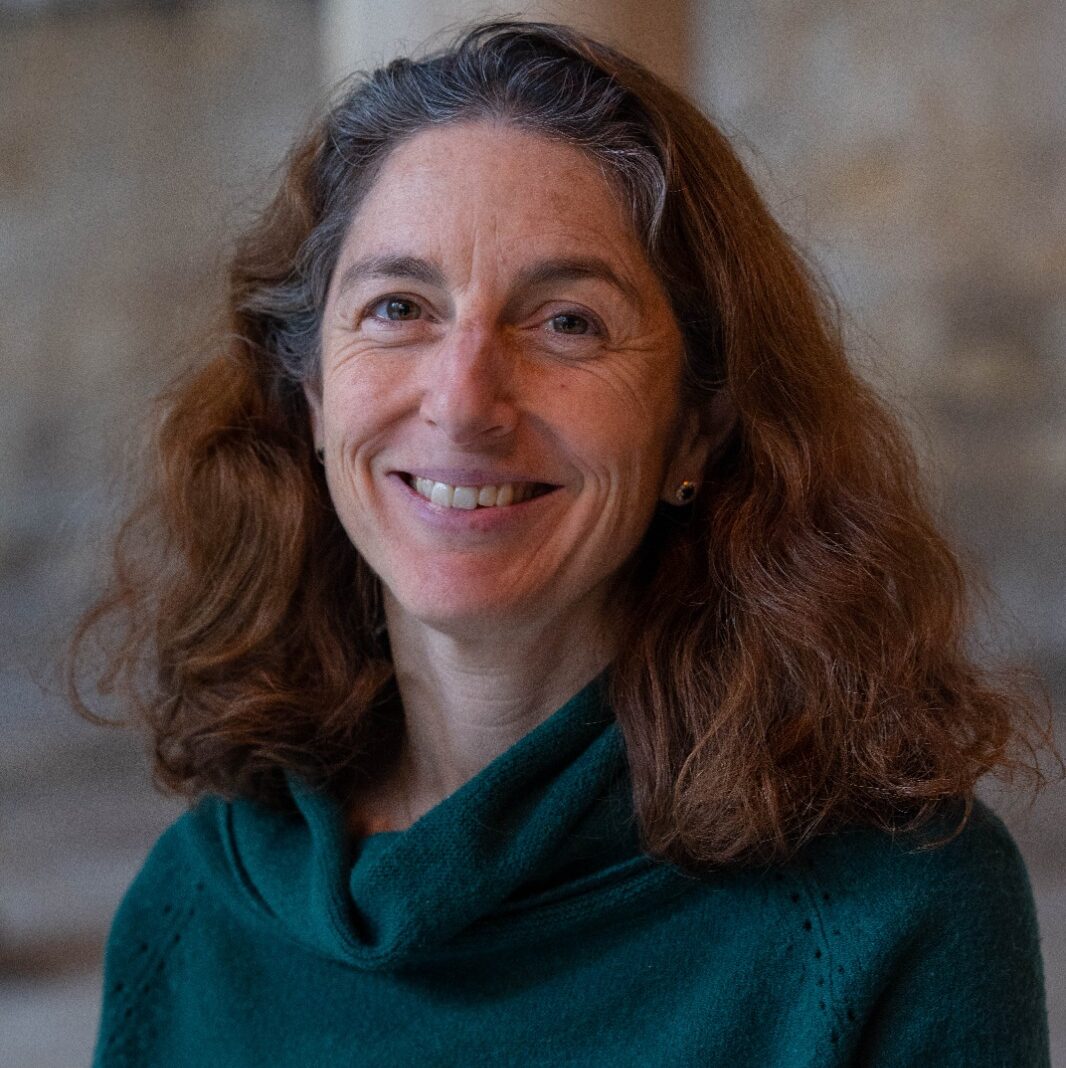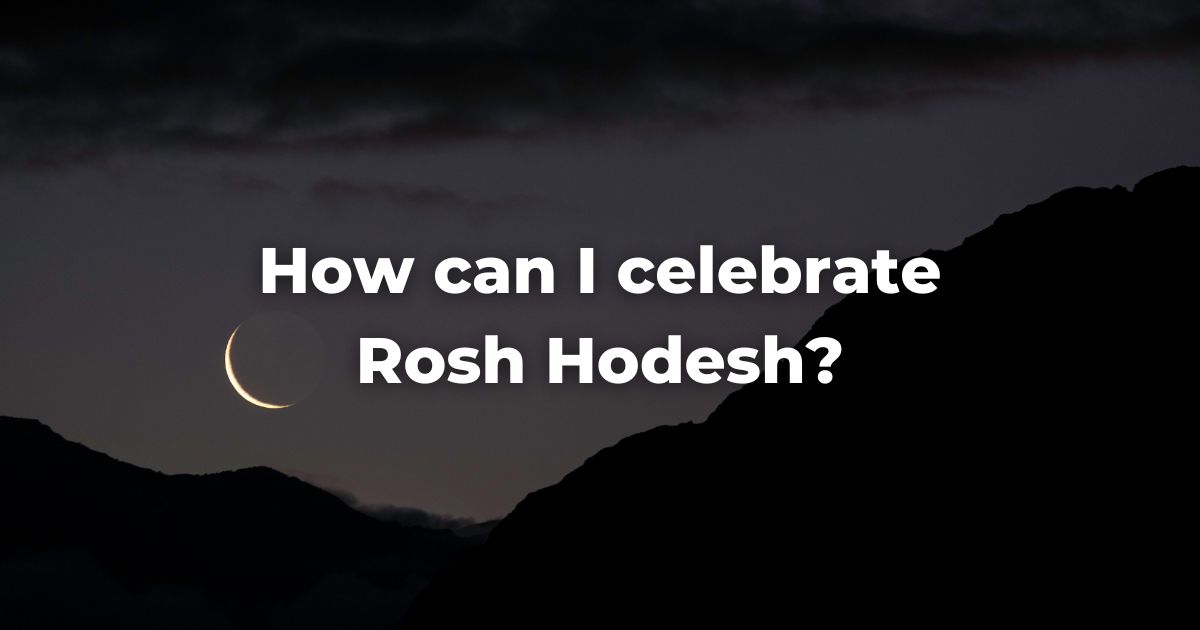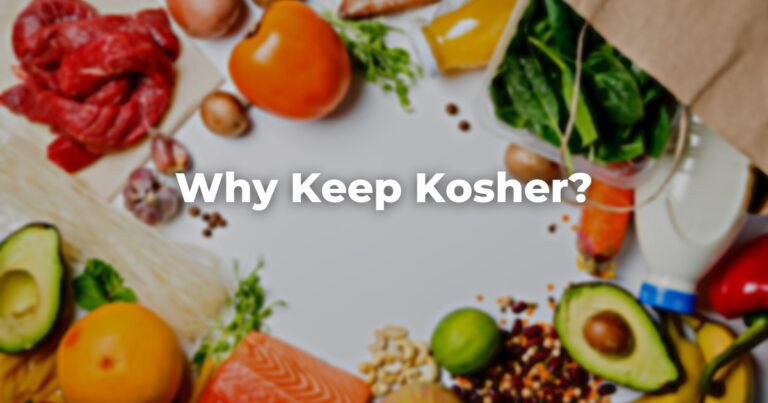Rosh Hodesh, the new month, is a little-known minor holiday that blends traditional observances with new, modern expressions for people of any background.
Celebrated 11 times a year (the 12th is subsumed within Rosh Hashanah the New Year), Rosh Hodesh – literally “head of month” – is a fun and accessible occasion with many creative possibilities for individuals, communities and groups of friends. In addition to rituals that have been in place for centuries, Rosh Hodesh offers opportunities to celebrate with good food, music, artistic creativity, friendship and spiritual renewal, all with a limited time commitment of 1-2 hours once a month.
Background and Rituals
The TorahRefers to the first five books of the Hebrew Bible, the Tanakh, also called the Five Books of Moses, Pentateuch or the Hebrew equivalent, Humash. This is also called the Written Torah. The term may also refer to teachings that expound on Jewish tradition. Read more (G-d) gave the Israelites the commandment of marking the new months, on the eve of their leaving Egypt (Exodus 12:1-2), as they prepared for a new phase of freedom and responsibility.
The Biblical Rosh Hodesh was celebrated with joy, sacrifices and psalms of praise (see Numbers 10:10).
Before there was a set calendar, the Sanhedrin (Supreme court) determined the new month on the basis of witnesses who reported spotting the new moon. Then fires on hilltops spread the message to communities in Israel and neighboring countries.
In approx. 400 CE, a set calendar was established, ending the need for witnesses, bonfires and messengers. This also gave people more time to prepare for the festivals – including minor festivals like Rosh Hodesh – as they knew when the dates would fall.
Today Rosh Hodesh is announced in synagogue the preceding Shabbat with a special prayer after the Torah reading. The leader prays for peace, prosperity and blessing for Jews all over the world.
On Rosh Hodesh itself, which can fall on any day of the week, an extra paragraph is added to the Amidah (silent prayer) and the Birkat hamazon (prayer of thanks after meals). A partial Hallel (Psalms of praise) section follows the morning prayer service, and a short Torah reading describing the Rosh Hodesh offering is read. Musaf, the additional holiday service, is also added after the Torah reading.
What do women have to do with it?
The holiday gradually became associated with women. A late midrashThis word is used in two ways, as both a concept and a literature. As a concept, midrash is the expansive interpretation of biblical texts. The term is used to describe the practice of rabbinic interpretation. As a text, it refers to specific collections of interpretations, particularly from the third to ninth centuries in the Land of Israel and Babylonia. Plural: Midrashim
Read more (Pirkei de Rabbi Eliezer, section 45, @750 C.E.) explains it is because the women refused to give their jewelry to Aaron to make the golden calf, so they received Rosh Hodesh as a reward. Other reasons include kabbalistic connections with the male and female sides of Divinity, or the parallel between the moon’s cycle and women’s menstrual cycles.
The medieval French Torah and TalmudReferring to one of two collections, the Jerusalem and Babylonian Talmuds, edited in the 6th century, that contains hundreds of years of commentary, discussion, and exploration of the ideas in the Mishnah. One could describe it as Mishnah + Gemara = Talmud Read more commentator Rashi (short for Rabbi Shlomo Yitzhaki, 1040-1105) wrote that women in his times did not do any work on Rosh Hodesh.
Medieval and later generations of women wrote tehinot (personal prayers in the Yiddish spoken language) about Rosh Hodesh in addition to other holidays and lifecycle occasions.
Modern Era Celebrations Anyone Can Enjoy!
With the advent of Jewish feminism in the 1970’s women initiated Rosh Hodesh groups based around discussion, text study, socializing (of course with food), ritual and/or social activism (tikun olam). Rituals include candle lighting, use of water, spices, shofar or creative expressions like dance, art or craft projects possibly connected to a ritual object.
Groups can focus on the theme of the month, individual stories, mitzvot they want to understand better, or any other topic of shared interest. Participants can take turns leading and hosting.
Many people find it meaningful to have a ritual in a home, on a beach or another natural setting- a less formal setting than a synagogue, a chance to meet new people or deepen existing friendships, and a chance to take an active role in their Jewish learning/ spirituality.
The ideal number is 6-10 people so everyone has a chance to speak and listen.
You may want to do an occasional larger event- healing service, social action project etc.
Open to all?
While Rosh Hodesh has been associated with women, of course anyone is welcome to celebrate it, with traditional prayers and creative ritual, as individuals or in a group.
Ritualwell.org, suggests that men who want to mark the holiday can connect their meetings to Kiddush HaLevana. The site also offers collections of Rosh Hodesh poems or kavanot (intentions) to set the tone for each month.
Moonbeams: A Hadassah Rosh Hodesh Guide, edited by Carol Diament and written by Leora Tanenbaum, Claudia R. Chernov and Hadassah Tropper, offers original sources on a variety of themes (feminism, kippah, tallit, modesty, women in Israeli law, medical ethics and more) in a clear and accessible layout. It is helpful for groups that want to focus on learning or just to introduce the month with one or two sources.
At The Well provides tips on how to start a group and ideas for the themes of each month.
Moving Tradition’s Rosh Hodesh: It’s a Girl Thing highlights themes relevant to teenage girls including empowerment, body image, friendship, ethics, role models and more.
Since 1988, Women of the Wall (WOW) have sought to celebrate Rosh Hodesh with public prayer at Torah reading at the women’s section of the traditional Kotel/Western Wall/Wailing wall to show that the Kotel should be a place for all Jews – and I would add all peoples- to worship, visit and feel welcome.
On from here
Rosh Hodesh is less hierarchical and more open to creative interpretation than most Jewish occasions/events. The possibilities are endless, and there is no “right” or “wrong” way to mark it. The key is to find or launch a group you can trust and start experimenting.
Author
-

Rabbi Berkowitz lives in Jerusalem where she performs bat and bar mitzvah ceremonies for people from all over the world and is part-time development director at Kehilat Kol HaNeshama. The author of Taking the Plunge: A Practical and Spiritual Guide to the Mikveh and many articles, she has taught Judaism and Spiritual Care at a variety of colleges in Israel and the US. Miriam is one of Israel’s first certified hospital chaplains and co-founder of Kashouvot: Center for Spiritual Care in Israel. She also creates hand-made ceramic Judaica and is a licensed Israeli tour guide. www.ravmiriam.com
View all posts




